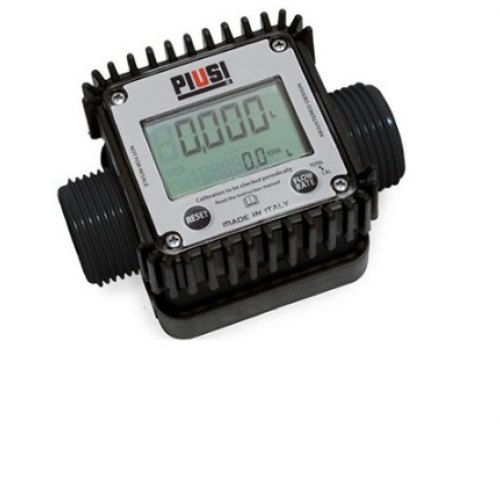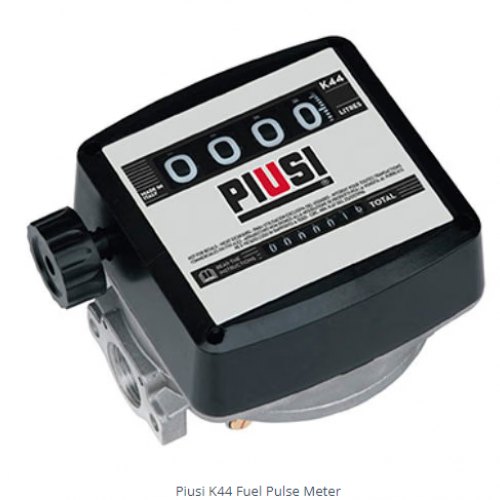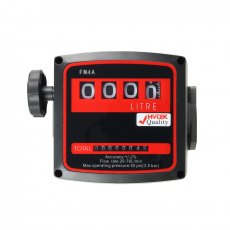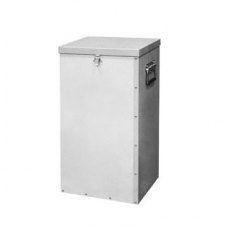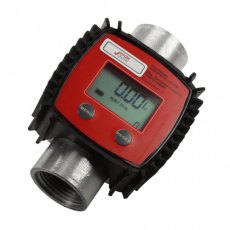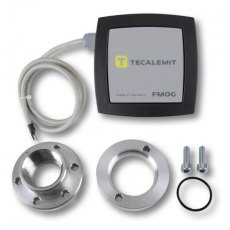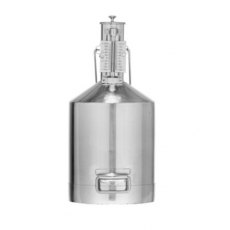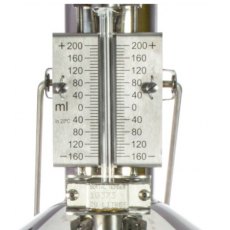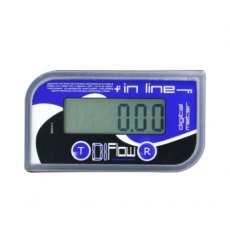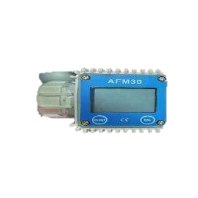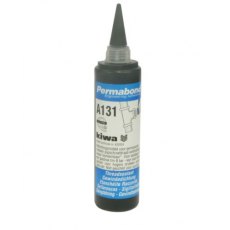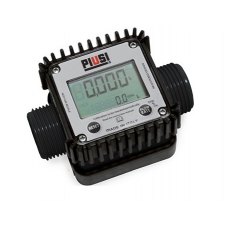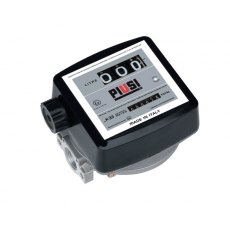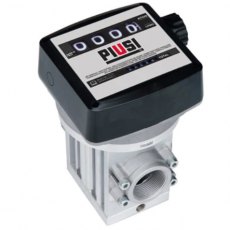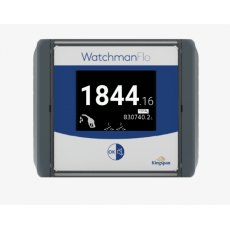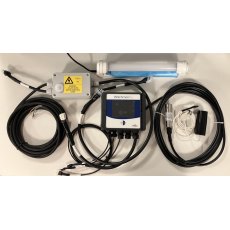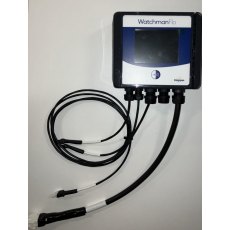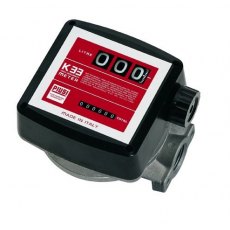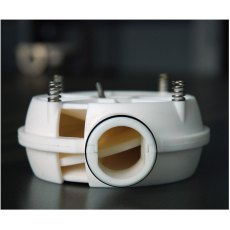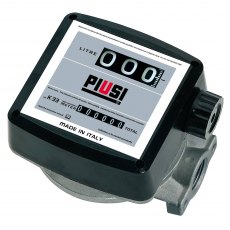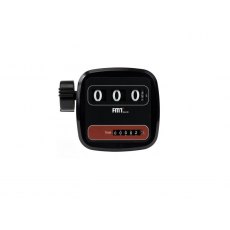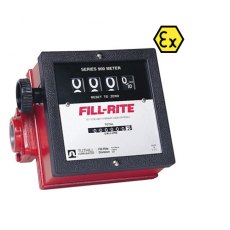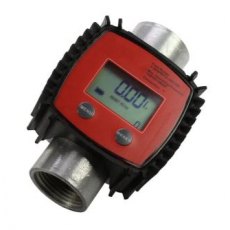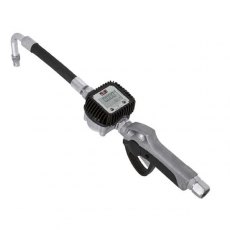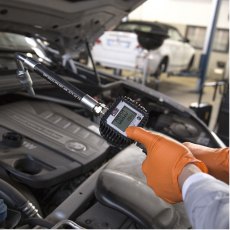Featured Products
(£144.00 inc VAT)
Flow Meters FAQs
How does a flow meter work?
A turbine flow meter converts the mechanical action of the turbine rotating in the fluid around an axis into a flow rate. As the fluid impacts upon the turbine blades it sets the rotor in motion, and when a steady rotation speed is reached it is proportional the fluid's velocity
What is the difference between a flow meter and a contents gauge?
A flow meter is used to read the fuel usage per usage and will tell you how much fuel you have dispersed into a machine or vehicle (Just like a petrol station).
A contents gauge is a device that will give you a ready of how much fuel is in the actual tank. These can come in the form of a clock contents gauge or an electronic gauge.
What is a flow meter?
A flowmeter is a device that is used to measure the flow rate of a fluid, such as a gas or liquid, through a pipe or channel. It is designed to accurately measure the quantity of fluid that is moving through a system, and is commonly used in a variety of industries, including water treatment, oil and gas, chemical processing, and power generation.
There are several different types of flowmeters, each of which is designed to measure the flow of specific types of fluids or to operate in specific environments. Some common types of flowmeters include:
- Positive displacement flowmeters, which use a series of moving parts to measure the volume of fluid that passes through them. These flowmeters are often used to measure the flow of viscous fluids or fluids with particles.
- Turbine flowmeters, which measure the speed of a turbine that is rotated by the flow of the fluid. These flowmeters are often used to measure the flow of liquids or gases with low viscosity.
- Coriolis flowmeters, which measure the force of the fluid on a vibrating tube or pipe. These flowmeters are often used to measure the flow of liquids or gases with high accuracy and can handle a wide range of flow rates and viscosities.
- Ultrasonic flowmeters, which use sound waves to measure the flow rate of a fluid. These flowmeters are often used to measure the flow of liquids or gases in closed pipes, and are non-intrusive, meaning they do not require contact with the fluid being measured.
Flowmeters typically include a sensor that is installed in the pipe or channel through which the fluid is flowing, as well as a control unit or display that processes and displays the flow rate data. The sensor may be installed externally or internally, depending on the type of flowmeter and the specific application. The control unit or display can be accessed through a user interface, such as a dashboard or app, which provides real-time data and analytics on flow rate and volume.
Some flowmeters also offer additional features, such as the ability to monitor and control the flow rate, or to store and transmit flow data for further analysis. These features can be particularly useful in industrial applications, where precise control of flow rate is critical to the success of the process.
Flowmeters are important tools for a variety of applications, including the measurement of fluid flow in pipelines, the monitoring of water or fuel consumption, and the measurement of the flow rate of gases or liquids in industrial processes. They are used to improve efficiency, optimize resources, and reduce costs by providing accurate and real-time data on fluid flow. In addition, flowmeters can help to ensure the safety of a system by detecting and alerting users to abnormal flow conditions.

 Login
Login